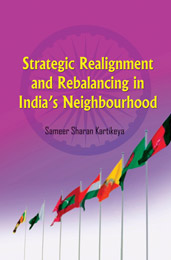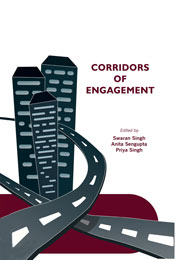Subjects
Role of Second Strike in No-First-Use Doctrine A Study of China and India
Zhong Ai
Advent of nuclear weapons in 1945 forever changed foreign relations of states that possessed nuclear weapons. Instead of victory in war, deterrence and stalemate were the most desired objectives of their nuclear arsenals. The best use of nuclear weapons now lay in their non-use and No-First Use (NFU) has since come the be seen as the crucial first step in ensuring deterrence credibility or even complete disarmament.
China and India announced their commitment to the NFU doctrine at the time of their first nuclear weapon tests respectively in 1964 and 1998. In spite of various insinuations and interpretations both have stood firmly by this commitment as this being the cardinal principle of their war fighting doctrines. This is what makes China and India fundamentally so distinct compared to all other nuclear weapon states. Indeed, in taking NFU pledge immediately at the time of their first nuclear weapons tests, China and India also became unique in defying the established conventional wisdom that saw having a ‘second strike’ capability as a prerequisite for adopting NFU doctrine.
This book examines these unique nuclear trajectories of China and India to find answers to this puzzle in their respective strategic culture, political leadership, and military traditions that together moulded their nuclear policies and programs.


 Political Science
Political Science



